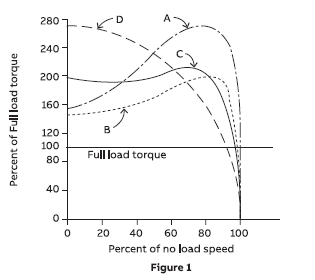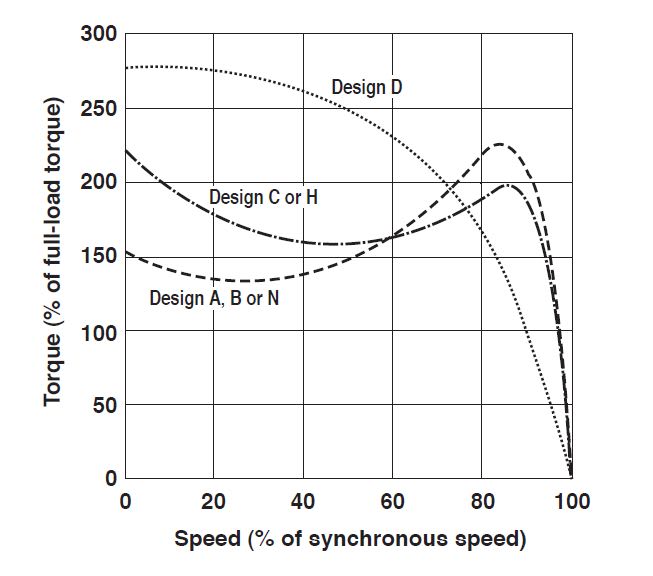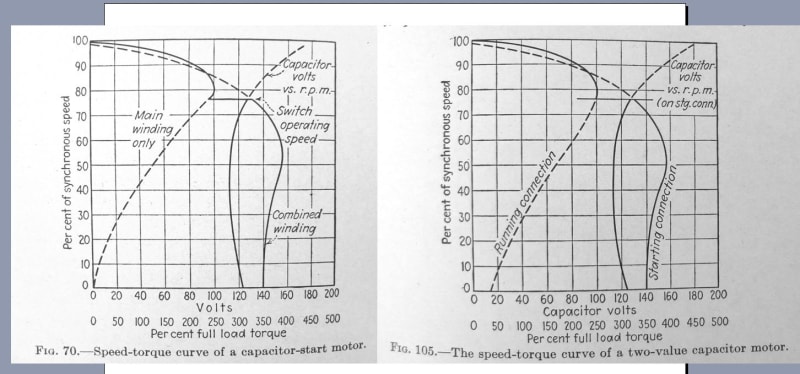John_Vreede
Chemical
My query is around the relative torque output of Capacitor Start (CS) and Cap Start/Cap Run (CSCR) induction motors, especially when they are loaded up to the point where they will stall.
My investigation to date turns up the graph at the top of the attachment to illustrate torque vs motor rpm for various types of induction motors (everyone who uses this graph seems to have copied&pasted from each other and I don’t know where the original came from)
However my query is that I think that the shape of the CSCR graph is wrong, or at least doesn’t match my observation of the one I have (see 'Background' in the attached document) nor the many other published speed/torque curves.
Will some knowledgeable electrical eng. person pls answer:
• Which single phase induction motor type has the greater peak (breakdown) torque, CS or CSCR, if they were both the same rated HP?
and
• Which type stalls at lower rpm?
This relates to which motor type is better to run a bandsaw (high friction load) that regularly is running near its breakdown torque (again see attachment for more info)
Thanks - jv
My investigation to date turns up the graph at the top of the attachment to illustrate torque vs motor rpm for various types of induction motors (everyone who uses this graph seems to have copied&pasted from each other and I don’t know where the original came from)
However my query is that I think that the shape of the CSCR graph is wrong, or at least doesn’t match my observation of the one I have (see 'Background' in the attached document) nor the many other published speed/torque curves.
Will some knowledgeable electrical eng. person pls answer:
• Which single phase induction motor type has the greater peak (breakdown) torque, CS or CSCR, if they were both the same rated HP?
and
• Which type stalls at lower rpm?
This relates to which motor type is better to run a bandsaw (high friction load) that regularly is running near its breakdown torque (again see attachment for more info)
Thanks - jv



